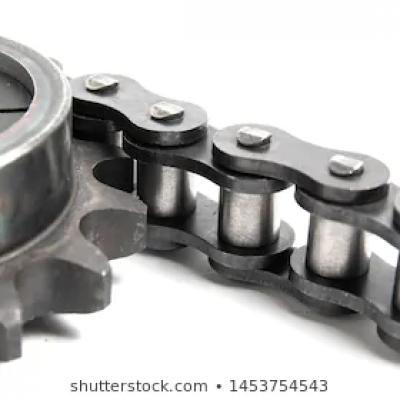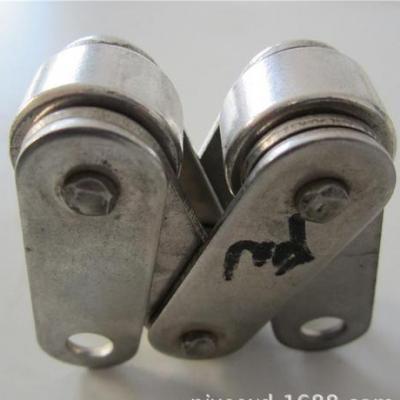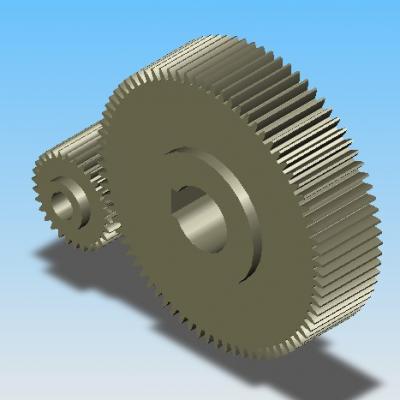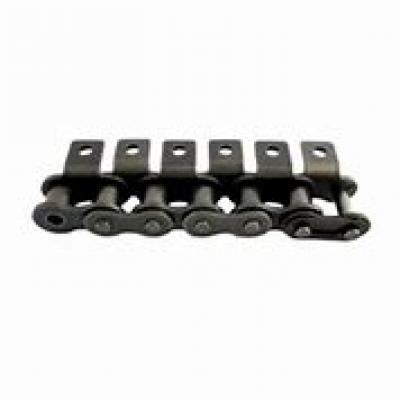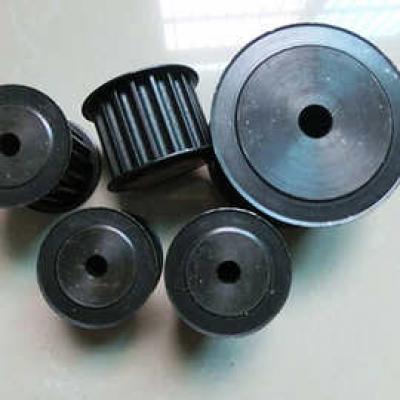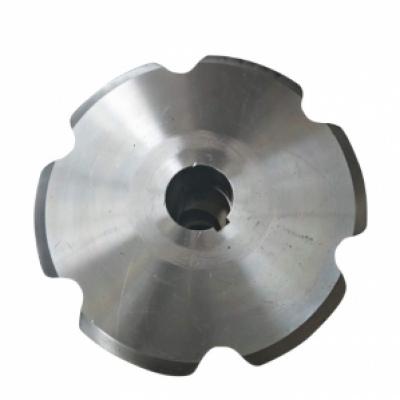Industrial drive chain is the star of the chain industry
Industrial Transmission Chains have different names because of different industries, materials, shapes, and specifications. According to the industry, industrial transmission chains can be used for conveyor belts on automatic equipment such as food processing machinery, glass products, and conveyor machinery; industrial transmission by material Chains can be divided into A3 low carbon steel chains, 1cr13 chains, 201 chains, 304 chains, ICY18N19Ti chains, 2520 chains, 316 chains, etc .; industrial transmission chains can be divided into herringbone chains, B-shaped chains, diamond-shaped chains, and horseshoe-type chains according to the shape. (Great Wall chain), chain conveyor belt, eyeglass-shaped chain, chain plate chain, ball chain, chain hook metal conveyor belt, punched metal conveyor belt, etc .; industrial transmission chains can be divided into chain chains, chain rods according to specifications Chains, spiral chains, etc.
Due to the different definitions of industrial transmission chains, the scope of industrial transmission chains is different. Metallic transmission chains, heat treatment furnaces, high temperature resistant chains; industrial transmission chains; Conveyor Chains; tunnel kiln chains; Great Wall chains; drying chains; painting equipment Chain; spraying equipment chain; washing machine chain; food chain; food cleaning and conveying chain plate; stainless steel chain plate; herringbone chain; double-rotation energy-saving chain; fuel injection cooling chain; B-shaped chain; baffle conveyor belt; chain conveyor belt; Fruit and vegetable cleaning chain; quick-freezer chain net; single-freezer chain net; quick-freezing horseshoe-type net chain; special conveyor chain net for vegetable dewatering line equipment.
1. Food biscuits industry: chain, cooling injector chain, flat bender chain, chocolate coating machine B-shaped chain. At the same time, it produces biscuit machinery, egg sprayer B chain and meat conveyor B chain, and imported machines are ultra-thin energy-saving chains.
2.Industrial drive chain instant noodles and rice flour industry; steamed chain, fried box, drying hanging box, wire cutter, knife comb, noodle knife, noodle comb, support shaft, forming box, etc.
3. Various stainless steel flat top chains for quick-frozen food and vegetable dehydration line equipment. 屑 Chip removal chain. Conveying chain, chain, support shaft, etc.
4. Glass annealing furnace chain, roasting furnace chain, bottle conveyer chain, mosaic chain, specifications are crankshaft type, straight shaft type, diamond shape, double strand spiral type.
Materials are A3 low carbon steel, DCY13 heat resistant steel, ICY18N19Ti, steel, oor18Ni14Moo2Cu2 acid and heat resistant steel, etc. Industrial transmission chains are generally made of 310S, 314, and can withstand high temperatures above 1100 ° C.
5. Design and manufacture of various chain plate turning machines, chain conveyors and metal mesh chain belts. Can produce spring wire diameter range 0.25-14mm, compression spring, torsion spring, tower spring, tension spring, butterfly spring, snake spring, etc.
According to the nature of industrial transmission chain, it is determined that stainless steel has the following characteristics. Industrial transmission chain is a friction-driven machine that transports materials in a continuous manner. Using it, the material can be formed on a certain conveyor line from the initial feeding point to the final unloading point. It can be used for conveying both broken materials and pieces. In addition to pure material transportation, it can also be matched with the technological requirements in the production process of various industrial enterprises to form a rhythmic flow line. Therefore, industrial transmission chains are widely used in modern industrial enterprises. It is an indispensable and important accessory in automatic devices and modern automation lines of various industries.
1. Industrial drive chain oxidation resistance Many metals can combine with oxidation to form oxides. If the oxide layer formed on the metal surface is relatively loose, external oxygen can continue to contact the metal and continue to oxidize, causing the metal to be damaged. On the other hand, if the oxide layer is dense and firmly covers the surface of the metal, then It can isolate oxygen from metal and interrupt the oxidation. Industrial transmission chain If this layer of oxide can prevent the oxygen from diffusing inward and the metal outward, the metal can no longer be oxidized. This ability of the metal to resist the oxidation of surrounding oxygen is called oxidation resistance.
Industrial transmission chain metal is exposed to oxygen or other oxidizing atmosphere under high temperature for a long time without forming scale. This property is called high temperature oxidation resistance.
2. Chemical stability The chemical stability of metals includes two aspects, one is oxidation resistance and the other is chemical resistance. The chemical stability of industrial transmission chains at high temperatures is called thermal stability. In general, chemical stability means resistance to oxidation; thermal stability means high temperature oxidation.
3. Mechanical performance strength of industrial transmission chain When an external force acts on a metal part, its ability to withstand external forces from damage is called strength.
The phenomenon that the industrial transmission chain is damaged due to the corrosive effect of the medium (such as air or various atmospheres, water or various acid, alkali, and salt aqueous solutions) is called metal corrosivity. The ability of industrial transmission chain metals to resist the corrosive effects of surrounding media is called the corrosion resistance of industrial transmission chain metals, and also the chemical properties of metals. The corrosion resistance of metals is related to many factors, such as: chemical composition of metals, processing properties, heat treatment conditions, microstructural conditions, and media and temperature conditions. Industrial transmission chain has special functions such as flat mesh surface, high hardness, high corrosion resistance, high tensile strength, good air permeability, non-deformation and durability.
